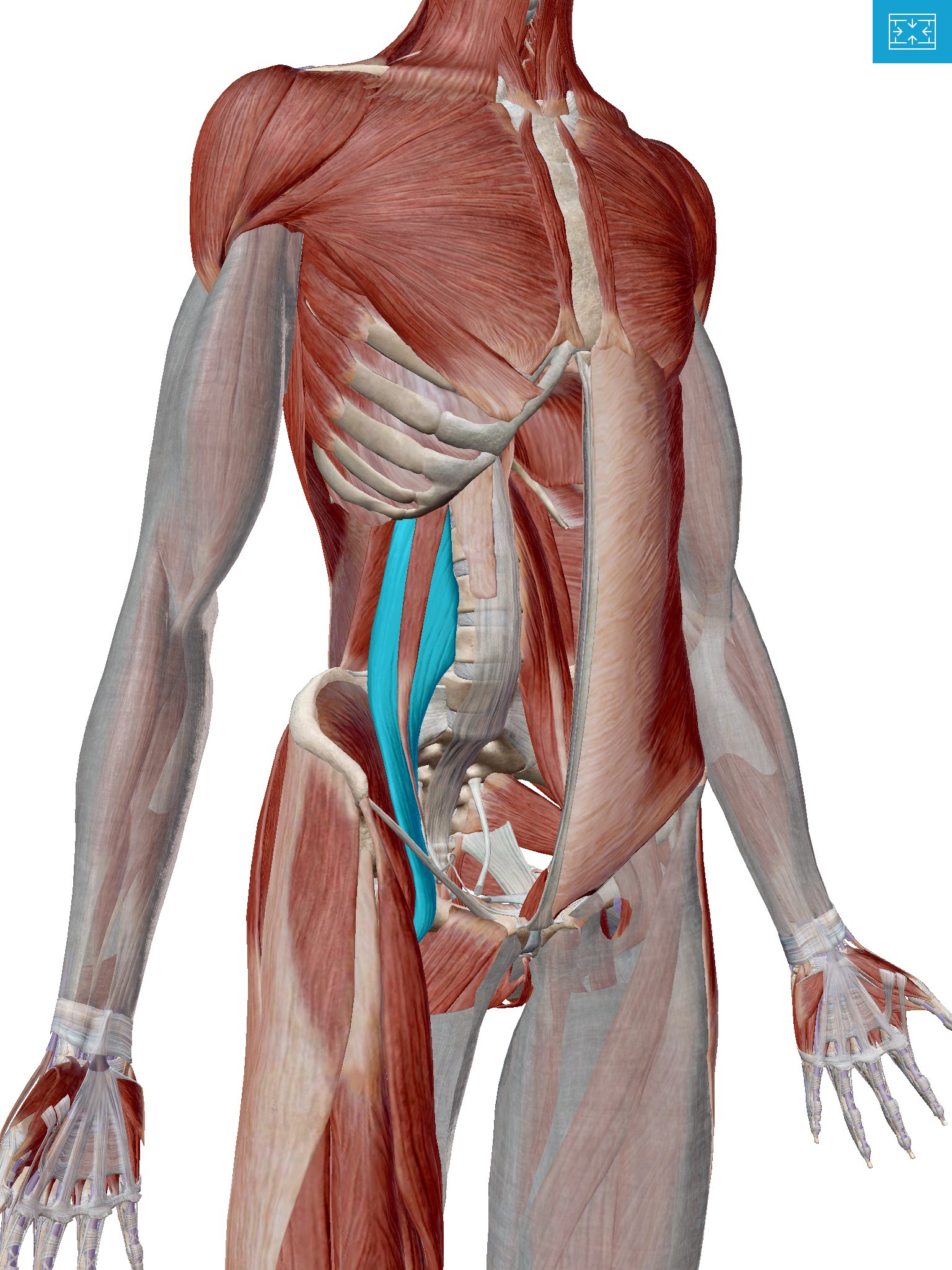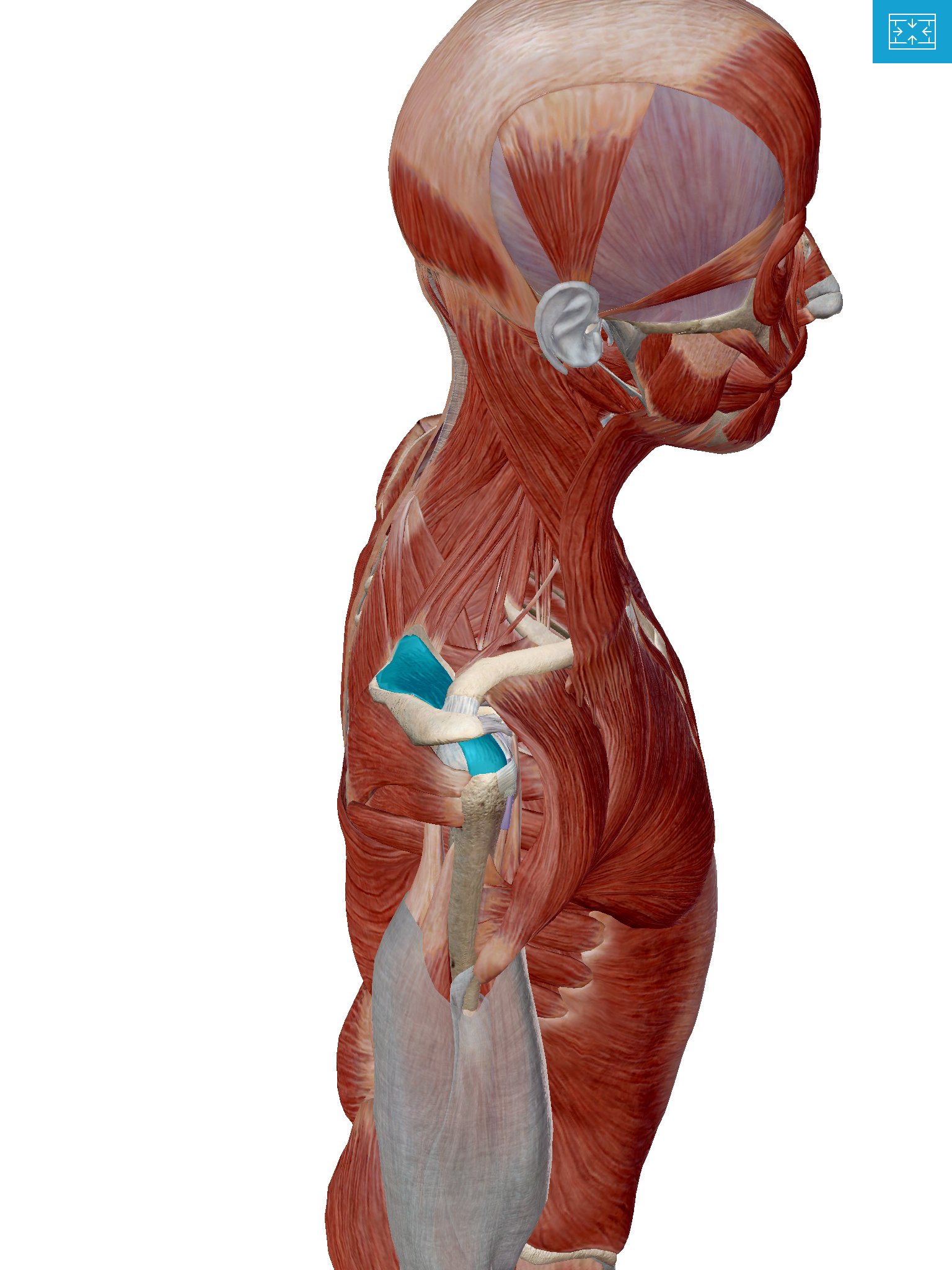Decoding the Complexity of Sciatica
In the realm of bodily discomfort, sciatica stands out like a puzzle that demands solving. Imagine your sciatic nerve, a major player in the nervous system, deciding to throw a tantrum. The result? A searing pain that shoots down your leg, distinct from your ordinary back or hip pain.
However, sciatica isn't just one-size-fits-all; it's more like a spectrum of potential culprits. As medical investigators, our task is to discern the precise root cause behind this enigmatic condition – whether it's a problematic disc, unruly muscles, or an irritated facet joint.
The “Do's” of Sciatica:
1. Embrace the Power of Ice:
When sciatica sends a painful shockwave down your leg, ice becomes your go-to ally. Think of it as a soothing balm that cools the inflammation responsible for the discomfort. Ice can be your ticket to taming the fiery irritation coursing through your sciatic nerve.
2. Unveiling the Cobra Pose:
Enter the yoga realm and meet the cobra pose, a posture mirroring the graceful rise of a cobra. Lie on your belly and gradually lift your upper body, arms forming a cobra's elevated head. This maneuver serves as a tension reliever, gently easing the pressure on your aggrieved sciatic nerve, leading to welcomed relief.
3. Elevate Comfort with Lumbar Support:
While reclining might be appealing, prolonged sitting is sciatica's adversary. Employ the lumbar support roll as a trusty companion – a device designed to prevent slouching and subsequent nerve irritation. By maintaining proper posture, you shield your back from flexion-induced discomfort.
4. The Fetal Sleep Solution:
Sleeping might seem like an obstacle course when sciatica is at play. However, adopting the fetal position could be the answer. Snuggle up on the side causing you distress, and include a pillow between your knees for an extra layer of comfort that minimizes nerve strain.
The “Don'ts” of Sciatica:
1. The Heat Temptation:
Initial warmth from heat might seem inviting, akin to a comforting embrace. However, bear in mind the hidden truth – heat can stoke the flames of inflammation, aggravating your discomfort. To truly pacify sciatica, choose the cooling touch of ice.
2. The Sedentary Trap:
Sitting is a commonplace act, but it morphs into a foe when sciatica enters the scene. The longer you remain seated, the more you pressurize your sciatic nerve. Thus, interlace moments of standing, stretching, and breaks to offer your nerve respite from extended seating.
3. Shun Aggravating Activities:
In the pursuit of fun, avoid endeavors that accentuate your leg's distress. Pushing through pain might feel commendable, but when sciatica flares, it's counterproductive. Listen to your body's signals and sidestep any pursuits that fuel the agony.
4. The Back-Sleeping Ban:
While sleeping on your back is customary, it's unwise when sciatica's in the picture. Such a position can exacerbate nerve irritation. Instead, adhere to the fetal position for a more sleep-conducive posture.
5. Lifting with Caution:
Channeling your inner strongman may be tempting, but heavy lifting becomes a sciatica antagonist. The strain on your back and the subsequent nerve response can be particularly unforgiving. Prioritize your back's well-being and avoid undue strain.
Conclusion: Your Sciatica Guide to Success
In the intricate landscape of sciatica management, understanding the do's and don'ts is akin to wielding a powerful toolset. The cooling relief of ice, the strategic yoga prowess of the cobra pose, the support of lumbar rolls, and the art of sleeping in the fetal position constitute your proactive measures. Conversely, shying away from heat's allure, keeping active to avoid prolonged sitting, bypassing painful activities, embracing side-sleeping, and approaching lifting with mindfulness are your guardians against aggravation. With these principles in tow, you stand poised to conquer the intricacies of sciatica and regain mastery over your well-being.



















